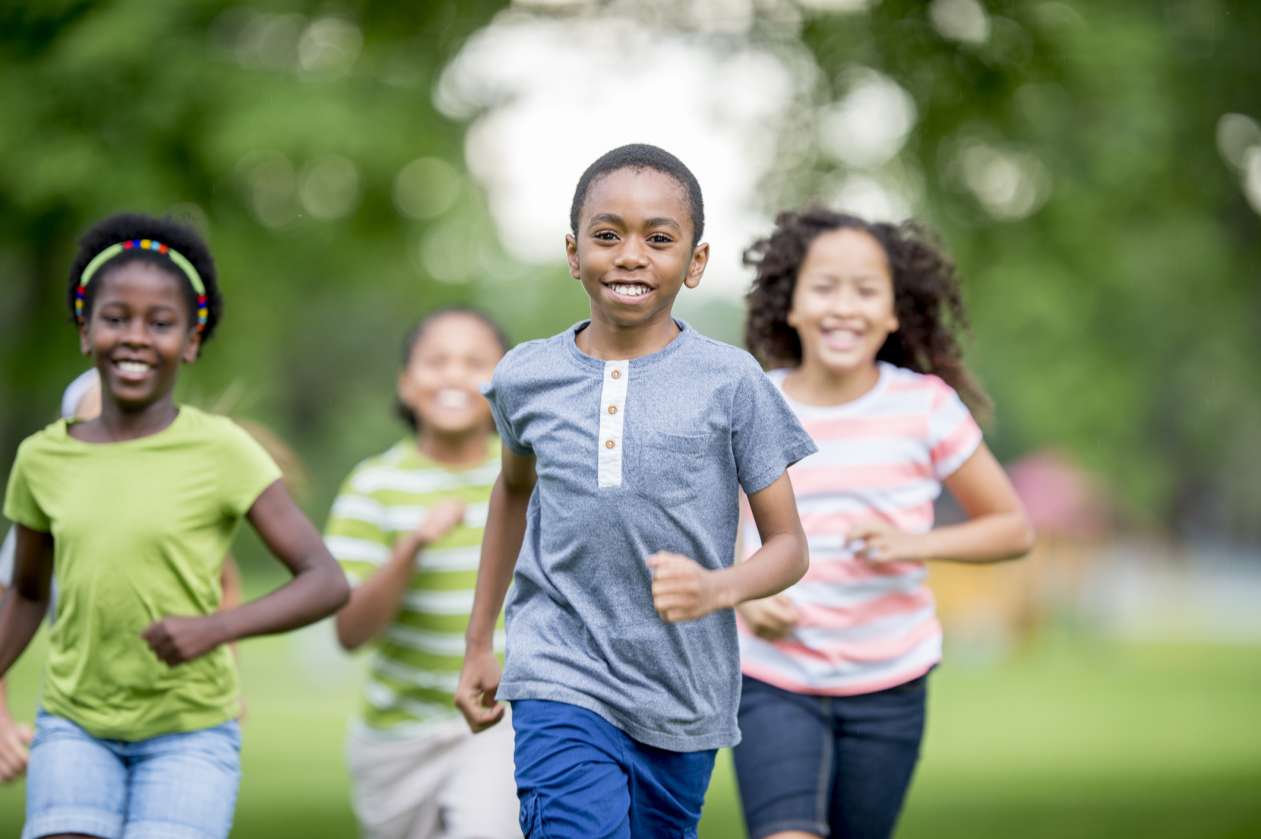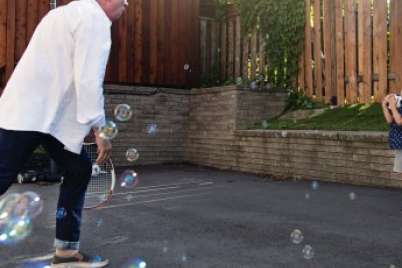
This former PE teacher has 8 ideas for other teachers that will make PE class better for kids
I like to make jokes about being picked last in PE class — it’s even in my bio — but it’s a joke with a ring of truth. Sadly, my feeling of being bad at sports and dreading physical activities started there. It’s only as I got older that I came to understand the value of being active and made it an important part of my life, and consequently, to encourage it in my daughter, who, I’m happy to say, is not repeating the cycle.
Unfortunately, many kids feel just like I did. In an article in The Telegraph, a new survey by Virgin Active, the University of Bedfordshire, and primary school teachers across the UK, reveals that teachers believe “more than one in three children dislike exercise by the time they leave primary school and 42 percent of children don’t enjoy PE lessons.” Yikes.
It gets worse. The more negative the feelings, the less kids participate, and the same study reveals that “nearly half of primary school pupils are leaving school without basic movement skills” to engage in physical activity.
Ever Active Schools

Attention teachers: if you’re looking for more information, Ms. Sunada highly recommends the following handout from Ever Active Schools: Back to Basics: Tips & Tools for Quality PE
Another very unfortunate aspect of the survey is that, though 88% of teachers perceive PE as just as important as the other subjects they teach, “a third of them lack confidence when it comes to teaching PE, while over a quarter said they don’t feel adequately qualified to teach the subject and more than half want more professional development opportunities for PE.”
Though this survey comes out of the UK, here in Canada, we have also seen our specialist PE teachers replaced by generalists. Joyce Sunada, who taught physical education to kids for 25 years and is now a wellness coach for active living, notes that it’s a common scenario for general teachers to be handling PE instruction, alongside the core subjects they’re trained to teach.
Sunada recently had the opportunity to mentor elementary generalist teachers currently teaching PE. She was gratified to see that the instructional tips, class management strategies, and activity modifications she demonstrated, positively contributed to the development of physical literacy and the overall experience of the student during their PE class.
Sunada’s notes, developed with the teachers, may be of help to current teachers who aren’t confident in their abilities to teach PE, and it’s equally beneficial for parents to recognize what kinds of things can be done to help their kids get more enjoyment from physical education classes. Together, Sunada and the teachers have come up with several important findings:
- When PE class is taught outside, set up visible boundaries with cones or pylons and call it the “outside gym”. This immediately provides boundaries for the students and decreases the stress on teachers.
- Establish clear ‘stop and start’ signals and reinforce them so students are attentive during instruction. Once they begin their activities focus on visiting each group and following up with more individual instruction as needed.
- Utilize more fundamental movement skill (FMS) activities and less ‘sports specific’ games. (Use our lesson plan builder to create easy to use physical literacy lesson plans)
- Calling the students in to ‘huddle’ in front of the teacher brings them in quickly to provide general instruction for everyone.
- Focus on the curricular outcomes and provide activities to ensure the students reach them.
- Modifying the games to be more cooperative than competitive engages the whole class in the activities and keeps all the students moving
- Playing music during class is a movement motivator and can be used as a start and stop signal as well.
- Inserting short dance videos mid-afternoon energizes students and supports their learning.
Says Sunada: “Observing and being part of a PE class taught by a seasoned teacher, seemed to provide the staff with a new level of confidence and optimism. The competent, confident generalist teacher can provide an active, engaging PE program where students increase their physical literacy and become active for life!”
If your child’s school is struggling with a lack of PE specialists, check with the administration to see if it would be possible to bring in a mentor to work with the teachers for a couple of days. It could make all the difference to your child’s development and enjoyment. The more physically literate kids are, the more active, and the more active, the more physically literate.
And that’s the cycle we want to repeat.





